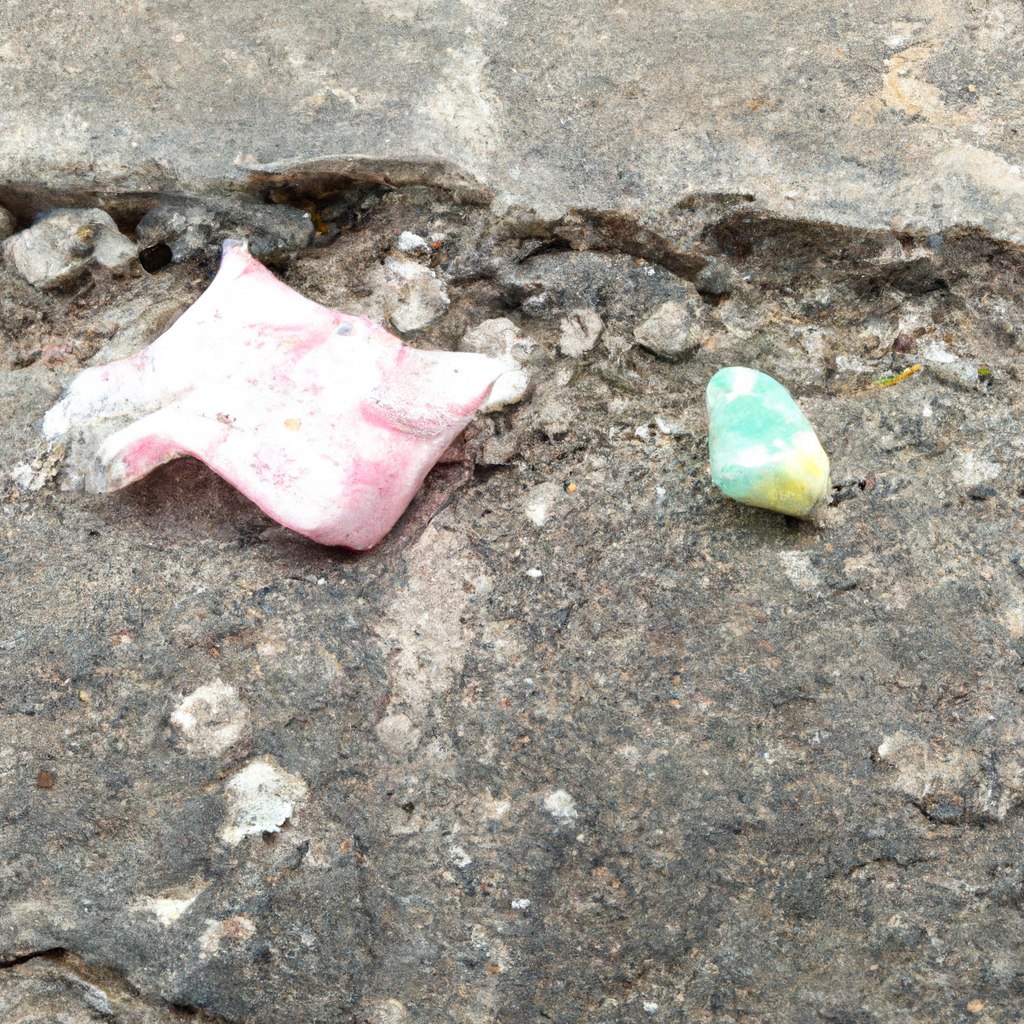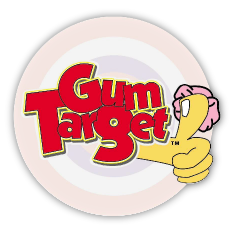
A profound issue contributing to the careless disposal of gum is the lack of awareness regarding its detrimental environmental impact. For many gum chewers, it may come as a surprise that chewing gum is primarily composed of synthetic polymers akin to plastic, materials that can persist in the environment for years.
The root of this problem lies in the fact that most people simply aren’t informed about the consequences of haphazardly discarding their gum on streets, sidewalks, or public spaces. Gum disposal, unlike other forms of littering, often goes unnoticed and unaddressed, making it easier for individuals to continue this thoughtless habit.
Raising awareness about the environmental repercussions of gum disposal is a crucial step in changing people’s behaviors. Initiatives aimed at educating the public about the gum’s composition and its impact on the environment can go a long way in addressing this issue. Schools, community organizations, and environmental campaigns can all play a role in spreading this vital information.
Convenience Factor
Convenience plays a pivotal role in the careless disposal of gum. When there’s no nearby trash can, it becomes all too tempting to simply spit out that chewed gum onto the ground. This convenience-centric mindset is a leading cause of littered streets, contributing to the urban clutter we all strive to minimize.
In our fast-paced lives, we often prioritize ease and efficiency. The act of searching for a proper disposal bin for gum may seem like an inconvenience, so many choose the path of least resistance. However, this fleeting convenience comes at the cost of our environment and community aesthetics.
To combat this issue, it’s essential to encourage responsible gum disposal even in the absence of easily accessible trash cans. Simple solutions like carrying small gum pouches or wrappers can make a big difference. Furthermore, fostering a culture of responsibility where individuals hold onto their gum until they find a suitable bin can help curb this convenience-driven habit.
Social Norms
It may come as a surprise, but social norms wield substantial influence over how people dispose of their gum. In certain cultures and communities, it’s perfectly acceptable to casually spit out gum wherever one pleases. This deeply ingrained behavior reflects the prevailing social attitudes towards gum disposal.
Challenging these ingrained habits necessitates a shift in societal attitudes and a dedicated effort to promote responsible gum disposal. This shift begins with awareness and education. Initiatives that emphasize the environmental impact of careless gum disposal can encourage individuals to reconsider their actions.
Community involvement and public campaigns are essential tools for transforming social norms. When local communities unite to combat gum litter and promote responsible disposal, it sends a powerful message that resonates with individuals. Peer pressure and community pride can play a pivotal role in shifting social norms in a more sustainable direction.
Lack of Enforcement
An often-overlooked factor in the careless disposal of gum is the inconsistent enforcement of anti-littering laws in many places. When individuals face no consequences for casually tossing their gum onto sidewalks or streets, they have little motivation to change their behavior. This lack of accountability perpetuates the problem. To address this issue effectively, authorities must take a more active role in discouraging littering, including gum disposal, through fines and comprehensive public awareness campaigns.
The absence of strict enforcement of anti-littering laws contributes to a sense of impunity among those who engage in careless gum disposal. Many people may not even be aware that gum littering constitutes an offense, and without penalties or consequences, they are unlikely to think twice before discarding their gum inappropriately.
To combat this problem, authorities should consider implementing fines for littering offenses, including gum disposal. These fines should be substantial enough to deter individuals from engaging in such behavior. Simultaneously, public awareness campaigns are essential to inform citizens about these regulations and the consequences of not adhering to them.
Educational campaigns can be conducted through various mediums, such as billboards, social media, and local community events. These campaigns should emphasize the environmental impact of gum litter and highlight the benefits of responsible gum disposal. Moreover, they can showcase success stories from areas where strict enforcement and awareness campaigns have led to cleaner, more attractive public spaces.
Biodegradable Gum Alternatives
In the quest to combat careless gum disposal, one innovative approach gaining momentum is the promotion of biodegradable gum alternatives. Some forward-thinking companies have begun producing gum made from natural ingredients that decompose more rapidly than traditional gum, offering a sustainable solution to a pervasive problem. Encouraging consumers to opt for these eco-friendly alternatives can have a profound impact on reducing gum-related litter.
Traditional chewing gum is composed of synthetic polymers, akin to plastic, which can persist in the environment for years, contributing to litter and pollution. Biodegradable gum, on the other hand, is made from natural ingredients that break down more quickly and harmlessly. These gums decompose naturally, leaving behind no lasting environmental footprint.
Promoting the adoption of biodegradable gum alternatives is a two-fold solution. Firstly, it addresses the environmental impact directly by reducing the persistence of gum litter in public spaces. Secondly, it educates consumers about the benefits of choosing environmentally friendly options. This approach encourages a shift in consumer behavior, aligning gum-chewing habits with sustainability.
To encourage the use of biodegradable gum, manufacturers and retailers can engage in eco-conscious marketing and labeling. Clear packaging and labels highlighting the biodegradable nature of the gum can help consumers make informed choices. Additionally, governments and environmental organizations can collaborate to raise awareness about these alternatives, emphasizing the positive impact on the environment.
Community Engagement
Community engagement plays a vital role in curbing careless gum disposal. Local organizations, schools, and businesses can organize clean-up events to raise awareness about gum litter and its impact on the environment. These events not only foster a sense of responsibility but also bring the community together.
Innovative Gum Disposal Solutions
Innovations in gum disposal solutions are emerging to tackle this issue. Gum receptacles designed to make gum disposal easy and convenient are being deployed in various public spaces. These receptacles not only help reduce litter but also serve as a reminder for responsible gum disposal.



